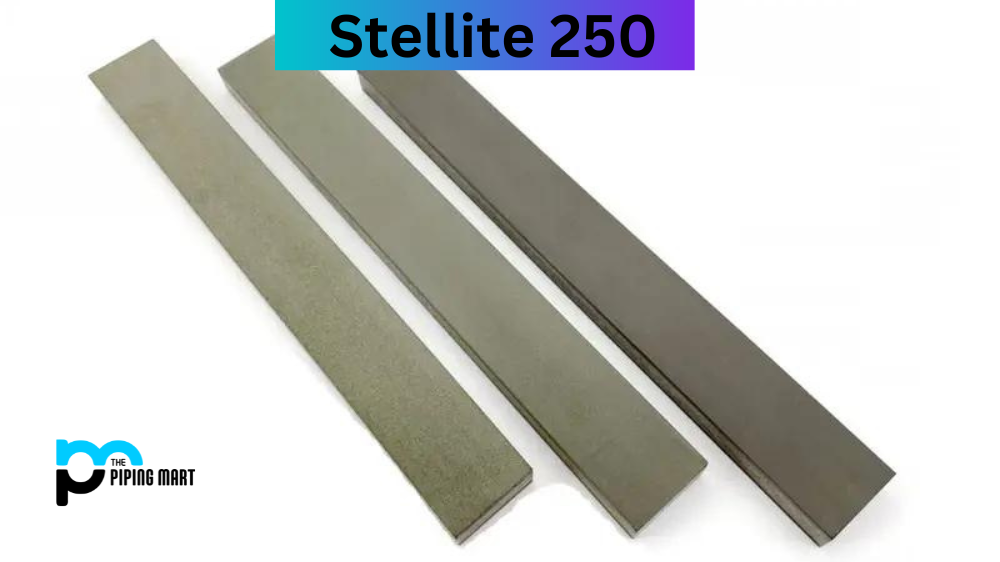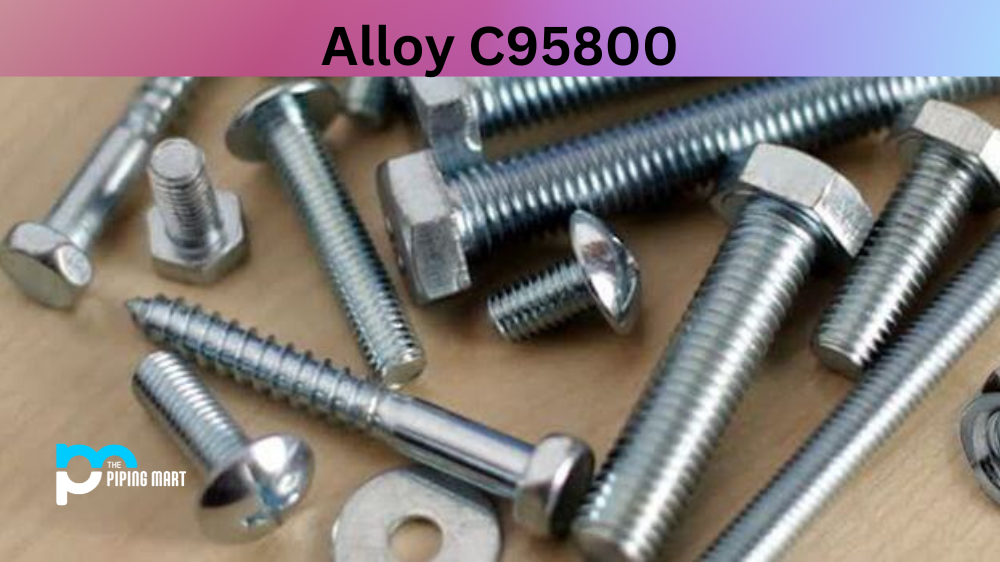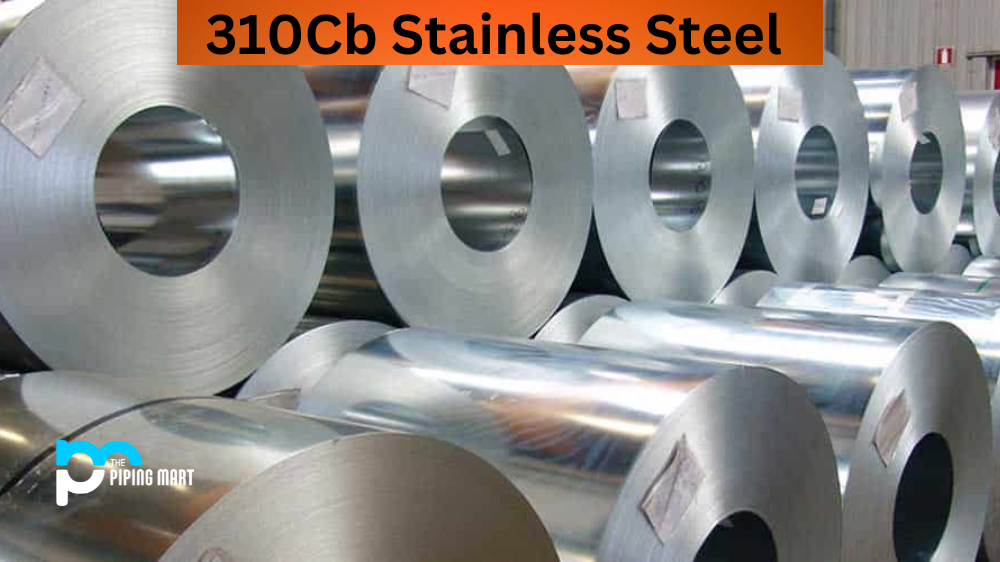Regarding high-performance alloys, Stellite 250 stands out from the crowd. The alloy is widely sought after in various industrial applications due to its exceptional properties. But what is Stellite 250? In this guide, we’ll dive deep into the composition, physical and mechanical properties, uses, and welding and heat-treatment techniques of Stellite 250. Let’s get started!
Stellite 250 Composition
Stellite 250 is a cobalt-chromium-based alloy containing varying quantities of tungsten and carbon. It also includes small traces of metals such as nickel, silicon, manganese, and iron. The alloy is known for its excellent resistance to wear, corrosion, and oxidation, thanks to the high concentration of cobalt.
| C(%) | Cr(%) | Co(%) | Nb(%) | Other(%) |
|---|---|---|---|---|
| 0.1 | 28.0 | remaining | 2.0 | Fe:20.0 |
Stellite 250 Physical Properties
Stellite 250 has a density of 8.36 g/cm3, making it a relatively heavy alloy. It has a melting point of 1270°C and a boiling point of 2870°C. The alloy has a coefficient of thermal expansion of 13.0 µm/m·K, which means it expands less than other metals when heated. Stellite 250 also has a high thermal conductivity of 24W/m.K, which makes it an excellent choice for high-temperature applications.
| Property | Density kg/dm3 |
Temperature T °C/F |
Specific heat J/kgK |
Thermal conductivity W/mK |
Electric resistance µΩ·cm |
Modulus of elasticity kN/mm2 |
Expansion rate |
|---|---|---|---|---|---|---|---|
| 688(≥) | 156(≥) | 22 | 32 | 14 | Solution and Aging,Annealing,Ausaging,Q+T,etc | 411 | |
| Temp. °C/°F |
Creep strain limit (10000h) (Rp1,0)N/mm2 |
Creep rupture strength (10000h) (Rp1,0)N/mm2 |
|||||
| 556 | 268 | 197 |
Stellite 250 Mechanical Properties
The alloy has excellent mechanical properties, including high hardness (HRC 52-57), high tensile and yield strengths, and good fatigue resistance. The high hardness of Stellite 250 makes it ideal for applications where wear resistance is essential. Moreover, its excellent fatigue resistance makes it a perfect choice for industrial valves, pumps, and bearings.
| Proof strength Rp0.2(MPa) |
Tensile strength Rm(MPa) |
Impact energy KV(J) |
Elongation at fracture A(%) |
Reduction in cross section on fracture Z(%) |
As-Heat-Treated Condition | Brinell hardness(HBW) |
|---|---|---|---|---|---|---|
| 122(≥) | 738(≥) | 23 | 41 | 14 | Solution and Aging,Annealing,Ausaging,Q+T,etc | 222 |
Stellite 250 Uses
Stellite 250 has applications in various industrial sectors, including aerospace, automotive, chemical processing, and oil and gas. The alloy commonly produces industrial valves, pump parts, bearings, and seals. It also manufactures cutting tools, welding electrodes, and turbine blades. Due to its exceptional corrosion resistance, it is often used in chemical processing plants and oil and gas refineries.
Stellite 250 Welding and Heat Treatment
Welding Stellite 250 can be challenging due to its high carbon and chromium content. However, the alloy can be welded using Tungsten Inert Gas (TIG) welding, Gas Tungsten Arc Welding (GTAW), or Plasma Arc Welding (PAW). Proper preheating and post-welding heat treatment reduces the risk of cracking and improves the properties of the finished product.
Conclusion:
In conclusion, Stellite 250 is a durable, high-performance alloy that finds its application in numerous industrial sectors. Its superior wear resistance, hardness, and mechanical properties make it an attractive choice for high-temperature applications. This guide on Stellite 250 composition, physical and mechanical properties, uses, and welding and heat-treatment techniques offers an in-depth view of this special alloy. Working with certified dealers and manufacturers ensures you get the best quality Stellite 250 for your intended use.

Hey, I’m Krutik, a casual blogger expert in the metal industry. I am passionate about providing valuable information to my readers. With a background in engineering and construction, I like playing Cricket & watching Netflix shows in my free time. Thank you for visiting my blog, and I hope you find my information helpful!




